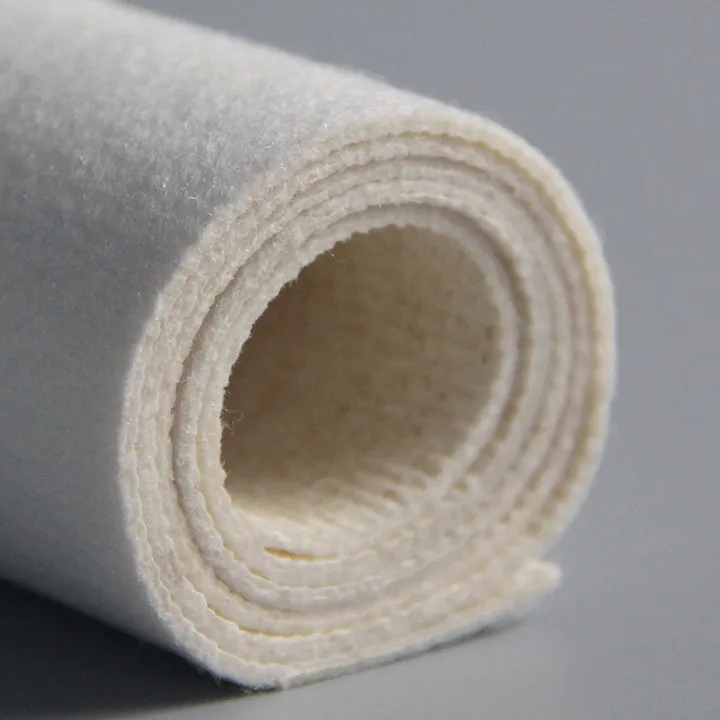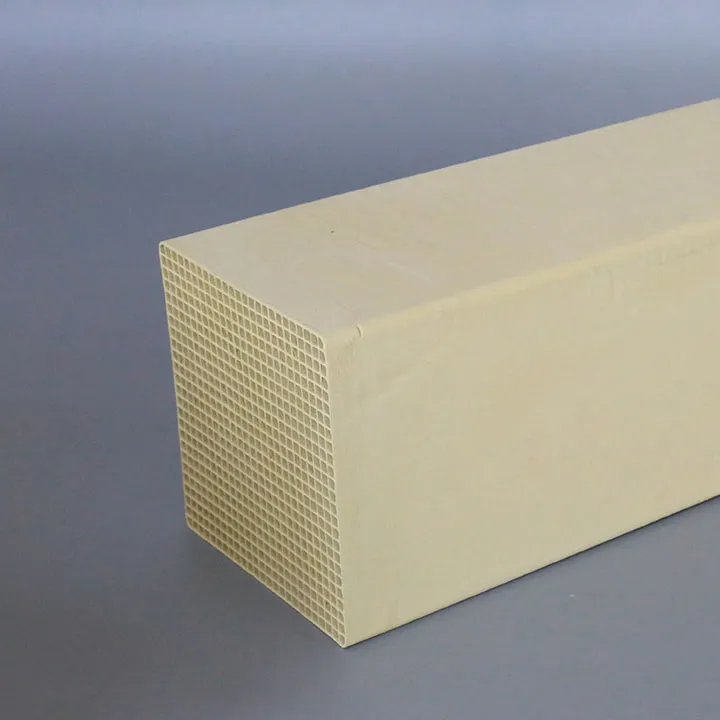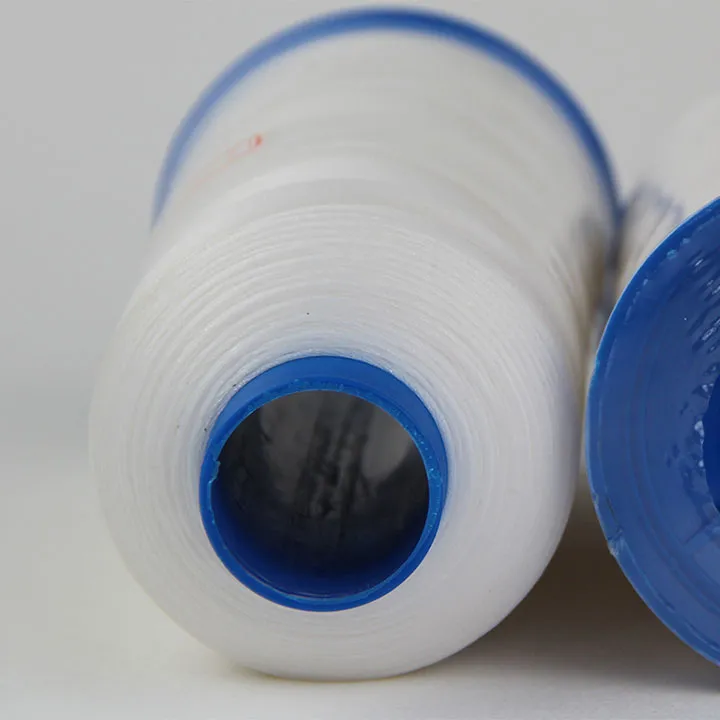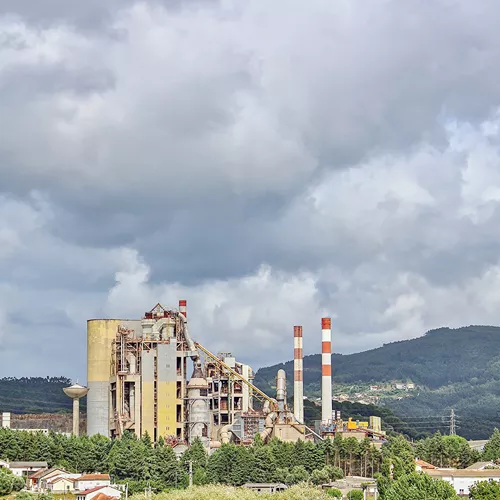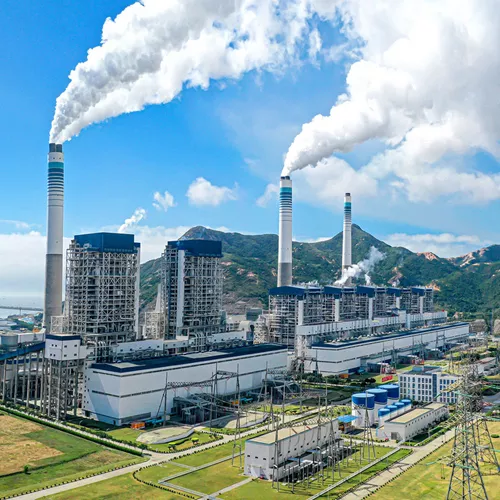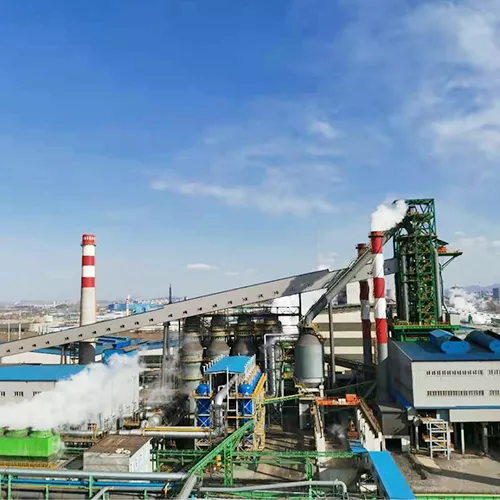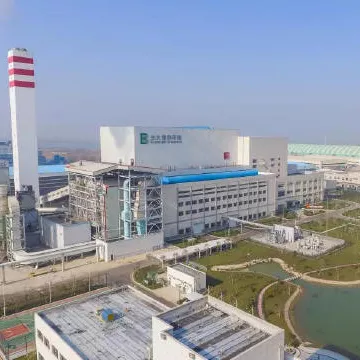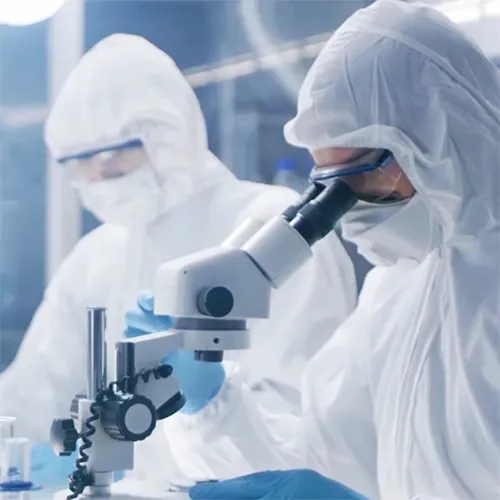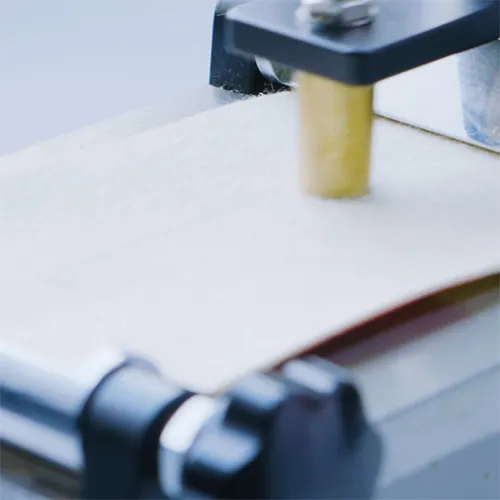What Are The Properties Of Industrial Needle Punched Fabric
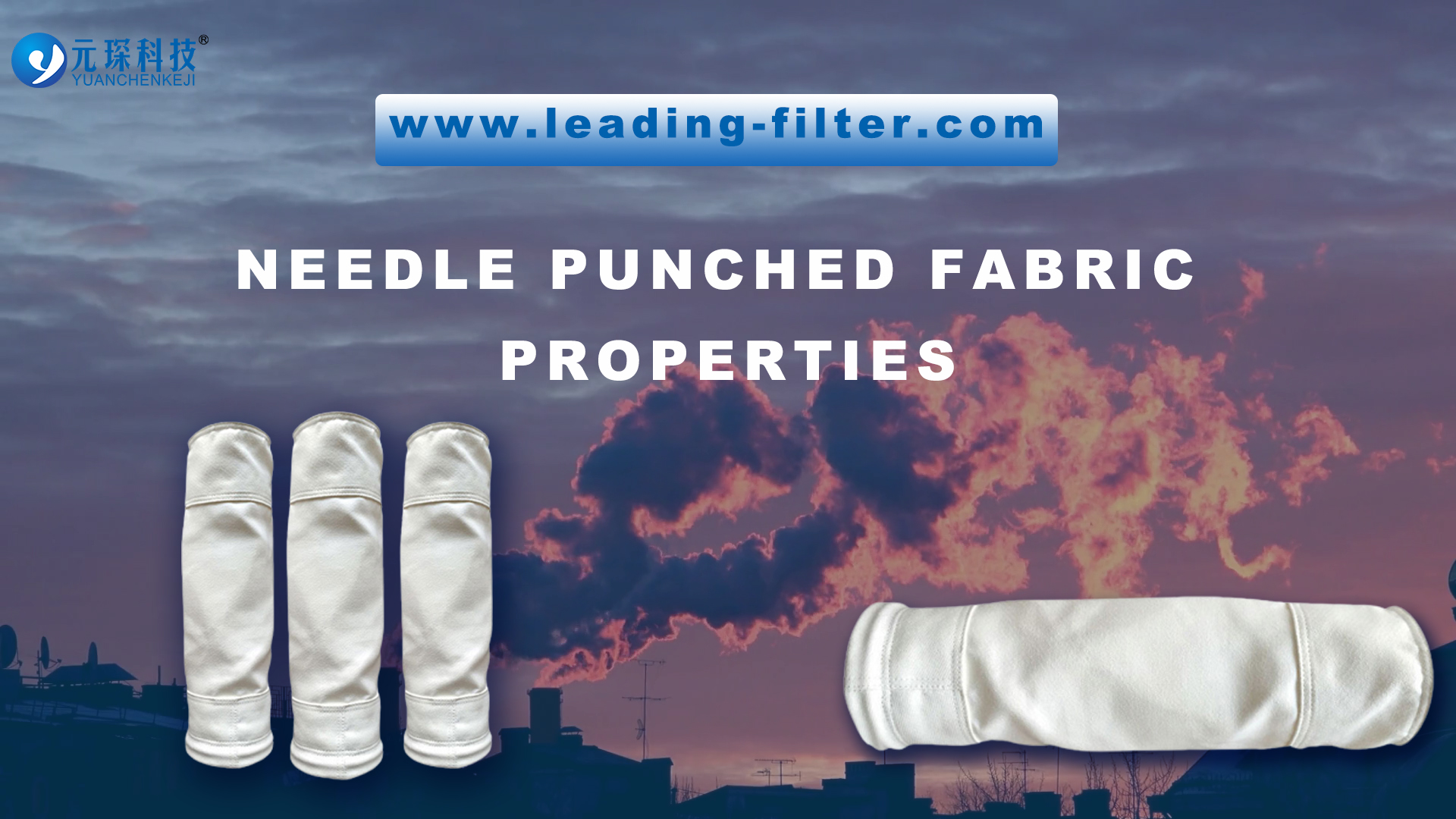
Industrial needle punched fabrics are versatile nonwoven geotextiles with a wide range of applications. They are composed of layered fibers mechanically bonded together using thousands of puncturing needles. This creates a strong, porous fabric without the use of woven threads or heat bonding agents.
Understanding the unique properties of needle punched fabrics is essential for selecting the proper material for your specific application. Key characteristics include fiber composition, thickness, strength, abrasion resistance, pore structure, and chemical resistance. This article will provide an in-depth overview of these properties to help you choose and utilize needle punched fabrics optimally. We’ll also explore common uses in automotive, geotextile, filtration and medical industries.
With the right knowledge, you can match these versatile fabrics with performance requirements ranging from high strength filtration to cushioned insulation. Let’s examine how the manufacturing process and material components come together to create the ideal properties for diverse industrial functions.
Composition of Industrial Needle Punched Fabrics
The components and production process used to make needle punched fabrics determine their final characteristics. Fiber selection, web layering and needling parameters allow customization of properties for different applications.
Fiber Types Used
Needlepunch fabrics are composed of various natural and synthetic fiber types. Common options include:
– Polyester – Offers high strength, abrasion resistance, elongation and chemical resistance. Polyester is a versatile, cost-effective fiber choice.
– Polypropylene – Known for high tensile strength, elongation, and chemical and mildew resistance. Polypropylene provides excellent durability at low cost.
– Nylon – Has high strength-to-weight ratio and abrasion resistance. Nylon excels in outdoor applications.
– Rayon – Derived from natural cellulose, rayon adds softness, absorbency and comfort. It is blended with other fibers.
– Cotton – Natural fiber valued for breathability, moisture absorbency and soft hand. Cotton is often used for medical fabrics.
– Wool – Provides warmth and fire resistance. Wool adds resilience and performance for garment uses.
Fiber Blending
Needlepunch fabrics blend two or more fiber types together to optimize properties. Common combinations include polyester/rayon for softness, polypropylene/nylon for strength, and cotton/polyester for medical uses.
Binder Fibers
Some fibers melt at low temperatures. These binder fibers become tacky during needling to fuse layers together as they solidify. Binders like bi-component polyethylene enhance strength and stability.
Fiber selection and blending allows customization of fabrics for specific property requirements.
Needlepunching Process
The mechanical needling process interlocks layered fiber webs together creating a porous, nonwoven fabric. Barbed needles repeatedly plunge through the layers leaving behind small tufts of vertically-oriented fibers. This fiber entanglement permanently bonds the material without adhesives or thermal bonding.
The density of needle punches determines thickness, strength, density and other properties. Lighter needling preserves loft and flexibility, while higher densities increase mechanical properties.
Physical Properties of Needlepunch Fabrics
Optimization of physical characteristics is vital for industrial performance. Needling parameters and fiber choices are tuned to application demands like strength, abrasion resistance and permeability.
Thickness and Weight
Needlepunch thickness ranges from 1 to over 25 millimeters. Products are categorized as:
– Lightest weight – 1 to 2 mm used for insulation or cushioning
– Middleweight – 4 to 8 mm for industrial felts and medium filtration
– Heavy weight – 10 to 25mm used for heavy filtration and gasketing
Increasing thickness boosts thermal and sound insulation along with filtration efficiency. But permeability and flexibility are reduced.
Material density rises with more needle punching. This adds weight while enhancing strength, abrasion resistance and dimensional stability.
Tensile Strength
Tensile strength indicates material durability under load. It is measured in kilonewtons per meter (kN/m).
Polyester and polypropylene produce the highest strength needlepunches. Heavier needling also improves tensile properties.
Abrasion Resistance
Abrasion resistance prevents wear, pilling and damage during use. Materials with dense, synthetic fibers have the best abrasion resistance. Fluffier, lightweight fabrics are less abrasion resistant.
Pore Size and Air Permeability
Needlepunch fabrics contain a porous matrix of void spaces between entangled fibers. This pore structure determines air and liquid permeability.
Smaller pores provide higher filtration efficiency by capturing fine particles. But airflow is restricted, increasing pressure loss.
Larger pore fabrics are more permeable to air and liquid flow. But filtration effectiveness is reduced, allowing particle breakthrough.
Pore size and permeability must be balanced with other properties based on application needs.
Chemical Properties of Needlepunch Fabrics
Along with physical characteristics, industrial fabrics must withstand chemical exposures in harsh environments. Fiber composition primarily determines chemical resistance.
Chemical Resistance
Synthetic fibers like polypropylene and polyester have broad chemical resistance. They withstand most acids, alkalis, solvents and oils.
Natural fibers are susceptible to chemicals and mildew. Except for binders, needlepunch fabrics use minimal natural fibers when chemical resistance is required.
Consult chemical compatibility data to confirm satisfactory resistance levels.
UV Resistance
Ultraviolet light degrades and weakens fibers over time. Polypropylene and polyester are highly resistant to UV deterioration. Nylon is also durable but suffers some strength loss with UV exposure.
Rayon and natural fibers have poor UV resistance and are not suitable for outdoor applications.
Flame Retardancy
Some needlepunch applications require flame retardant properties. Polyester can be treated with additives during extrusion to achieve UL flame ratings.
Wool fiber is naturally flame retardant and enhances fire resistance when blended with other fibers. Fire rated fabrics prevent igniting and slow flame propagation.
Typical Applications of Needlepunch Fabrics
The customizable properties of needlepunch make them ideal for diverse industrial applications.
Automotive Industry Uses
Needlepunch felts have broad use in vehicle manufacturing:
– Insulation – Firewall insulation, muffler wraps, headliners
– Filtration – Air and oil filter media, cabin air filters
– Gasketing – Head gaskets, valve cover gaskets
– Cushioning – Trunk liners, door and roof supports
– Absorption – Oil and sound absorption pads
Geotextile Applications
Needlepunch geotextiles serve major functions:
– Filtration – Drainage filtration, silt fences, aggregate liners
– Reinforcement – Soil reinforcement for roads, slopes, foundations
– Separation – Landfill liners, underwater barriers
– Protection – Erosion control matting, cushioning liners
– Drainage – Landfill leachate and gas collection layers
Liquid Filtration Uses
The porous structure of needlepunch filters out contaminants from liquids including:
– Water – Sediment filtration, solids removal from wastewater
– Oil – Removal of metal particles and sludge from lubricants
– Fuel – Diesel, biodiesel, and stored fuel purification
– Chemicals – Particulate filtration from acids, solvents, and alkalis
Medical Industry
Needlepunch nonwovens are essential to healthcare:
– Wound dressings – Absorbent layers with antimicrobial treatments
– Medical garments – Nonwoven gowns, caps, masks and drapes
– Diapers – Multilayer absorbent and fluid barrier components
– Sterilization wraps – Protect instruments and supplies
– Hospital bedding – Highly absorbent layers and moisture barriers
Finally
This overview covers the key properties and industrial applications of needle punched nonwoven fabrics. To summarize:
– Fiber selection and blending determines the physical, chemical and thermal properties. Polyester and polypropylene are most common.
– Needle punching parameters customize thickness, density strength, permeability and other characteristics.
– Leading uses take advantage of strength, chemical resistance, cushioning, filtration and absorbency.
– Matching fabric construction to application requirements results in optimal performance and cost savings.
I hope this guide provides helpful insight into specifying needlepunch fabrics. Please reach out with any additional questions on selecting these versatile materials for your specific industrial needs.



